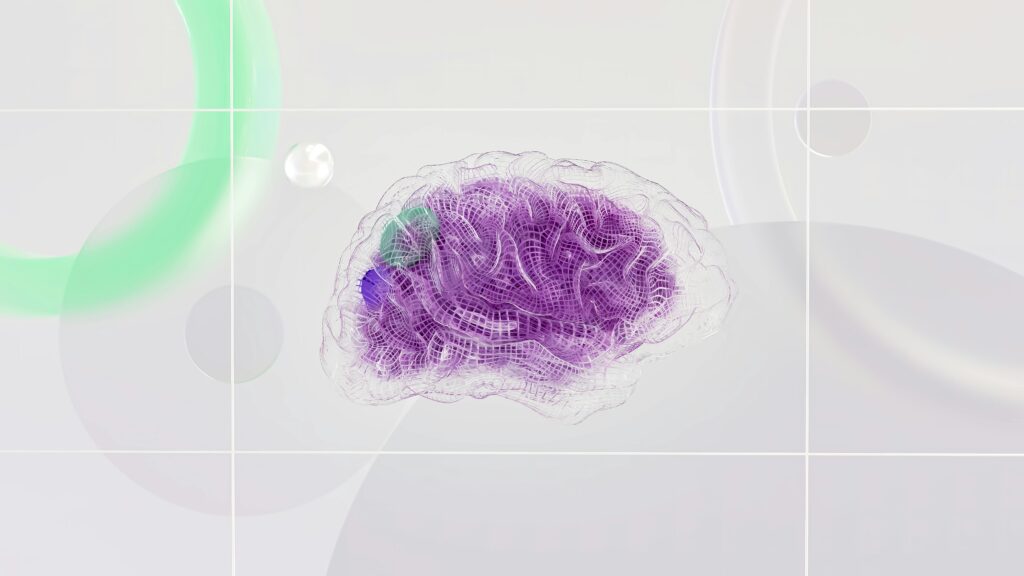Have you ever wondered what will happen to our digital world once quantum computers become mainstream?
As fascinating as quantum computing sounds, it comes with real-world consequences especially in how we secure our data. In this blog, we’ll break down everything you need to know about Quantum Computing, Post-Quantum Cryptography (PQC), and the commercial push towards quantum-safe chips.
Whether you’re a tech enthusiast, a developer, or just someone who wants to understand the buzz, this glossary-style guide is made for you.

🧠 What Is Quantum Computing?
Quantum computing is a next-generation computing model that goes beyond traditional binary processing (1s and 0s). Instead, it uses qubits which can exist in multiple states at once (thanks to superposition).
This means quantum computers can perform complex computations exponentially faster than classical computers.
Real-world example:
Traditional computers might take thousands of years to crack certain encryption. A quantum computer can do it in minutes or even seconds.
Want a deeper dive into how quantum computing works? Check out IBM’s Quantum Computing Basics.
🔐 Why Does It Threaten Current Cryptography?
Right now, much of the world uses encryption methods like:
- RSA
- ECC (Elliptic Curve Cryptography)
- Diffie-Hellman
These rely on mathematical problems that are hard to solve with classical computers. But quantum algorithms, like Shor’s Algorithm, can break these with ease.
🧨 So, what’s the problem?
If quantum computers become powerful and accessible, every password, bank transaction, encrypted message, or digital signature could be instantly decrypted.
That’s why we’re transitioning towards Post-Quantum Cryptography (PQC).
🛡️ What Is Post-Quantum Cryptography?
Post-Quantum Cryptography refers to new cryptographic methods designed to resist quantum attacks. These algorithms are designed to run on classical computers, so organizations can upgrade today without waiting for quantum chips.
🧾 Examples of Post-Quantum Algorithms:
- CRYSTALS-Kyber (for key encapsulation)
- CRYSTALS-Dilithium (for digital signatures)
- Falcon and SPHINCS+ (signature schemes)
You can find detailed documentation and implementations on the NIST Post-Quantum Project.
🔩 The Rise of Commercial Quantum Chips
Big tech companies are already building quantum-ready hardware.
🏭 Some Leading Players:
- IBM Quantum – Offers 127-qubit chips and access via IBM Quantum Cloud
- Google Quantum AI – Broke ground with their 53-qubit Sycamore processor
- D-Wave Systems – Specializes in quantum annealing with real-time access through Leap
- Intel’s Tunnel Falls – Their latest silicon spin qubit chip
Also worth exploring: Rigetti Computing and Quantinuum
These companies are working not just on quantum chips but also quantum-safe hardware ecosystems that blend classical and quantum computing.

🔄 What Can You Do Today?
👨💻 For Developers:
Start testing PQC algorithms using libraries like:
These open-source tools help integrate quantum-safe encryption in your current software stacks.
🏢 For Organizations:
Begin assessing your cryptographic inventory:
- What encryption do you use today?
- Where would it be vulnerable?
- Can it be replaced or updated with PQC?
Use tools like:
🧭 How Governments Are Responding
Organizations like:
- NSA
- NIST
- ENISA (European Union Agency for Cybersecurity)
…are urging early transitions to PQC. In fact, NIST has already finalized its first set of post-quantum algorithms, and global policies are following.

🌐 Real-World Applications of PQC
Quantum security isn’t just for governments.
Some live use-cases include:
- Web browsers like Chrome testing quantum-safe TLS.
- Banking software adopting hybrid encryption methods.
- IoT devices beginning to ship with PQC-enabled firmware.
🔮 The Future: Quantum-Safe World
The quantum era isn’t science fiction anymore. While widespread quantum computing may take a few years to mature, the shift in cryptography is happening right now.
By switching to PQC, companies can future-proof their data, software, and user trust.
✅ Final Thoughts
Let’s simplify this:
Quantum computers are fast.
They can break our current encryption.
So we need new cryptography, starting today.
And the tools and commercial chips are already here.
The sooner we adapt, the better protected we are.

📚 Glossary Summary (for Quick Reference):
| Term | Meaning |
|---|---|
| Qubit | Quantum version of a bit (can be 0, 1, or both) |
| Shor’s Algorithm | A quantum algorithm to factor large numbers fast |
| PQC | Post-Quantum Cryptography, resistant to quantum attacks |
| CRYSTALS-Kyber | A PQC algorithm for secure key exchange |
| CRYSTALS-Dilithium | A PQC algorithm for digital signatures |
| liboqs | Open-source library for PQC testing |
| NIST | U.S. body standardizing post-quantum cryptographic algorithms |
💡 Enjoyed this read? Follow Beemytech for weekly deep dives into emerging tech, cybersecurity, and digital transformation.



